Are you wondering if Pilates can actually help you build muscle? You’re not alone. Many people assume that building muscles requires heavy weights or high-intensity gym workouts. But Pilates is a powerful, low-impact way to strengthen and tone your body—especially your core—without bulking up. Whether you’re looking for lean muscle, better posture, or functional strength for daily life, Pilates can deliver.
In this guide, you’ll discover exactly how Pilates builds muscle, how it compares to weightlifting, and how you can maximize your results.
How Pilates Builds Muscle
Pilates is designed to work both large and small muscle groups through controlled movements, bodyweight resistance, and targeted engagement. Unlike traditional strength training that focuses on lifting heavy weights, Pilates emphasizes muscle balance, stability, and endurance. Here’s how it works:
Time Under Tension
Pilates builds muscle through sustained contractions. By performing slow, deliberate movements, your muscles stay under tension longer, which encourages both strength and endurance. For example, holding a plank targets your abdominal wall—the rectus abdominis—over an extended period, helping you strengthen your core without heavy weights.
Even small pauses during challenging moves, like leg lifts or roll-ups, keep muscles engaged, improving muscular endurance. This method is especially effective for your core and stabilizer muscles, which support posture and balance.
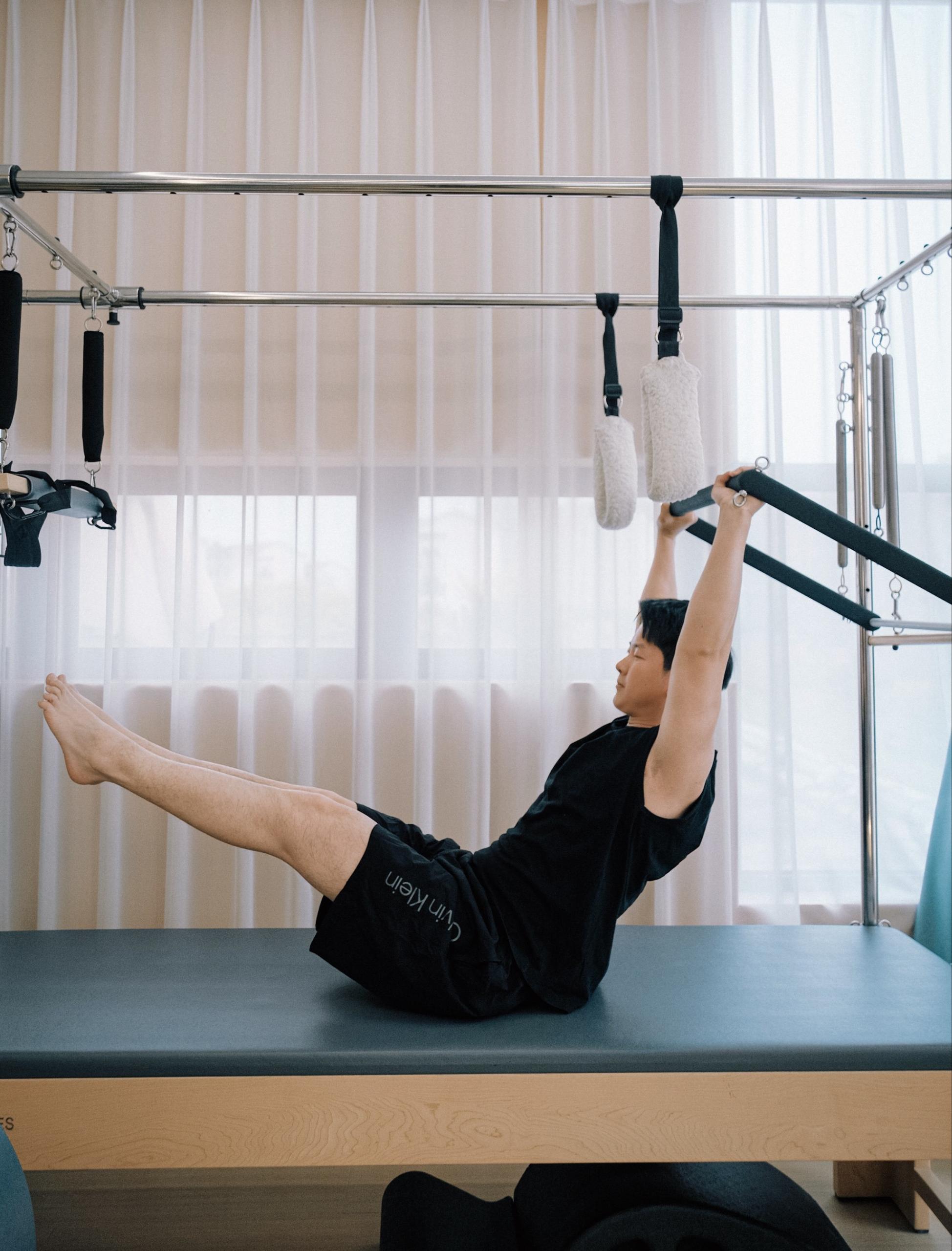
Eccentric Contractions
Many Pilates exercises focus on eccentric contractions, where muscles lengthen under control. Moves like roll-downs and lowering your legs slowly engage muscles differently than lifting, increasing flexibility, strength, and resilience.
For instance, when you perform a roll-down, your abs control the movement against gravity. This improves core stability while reducing the risk of injury. Controlled eccentric movements help your muscles grow without tearing, promoting long-term strength.
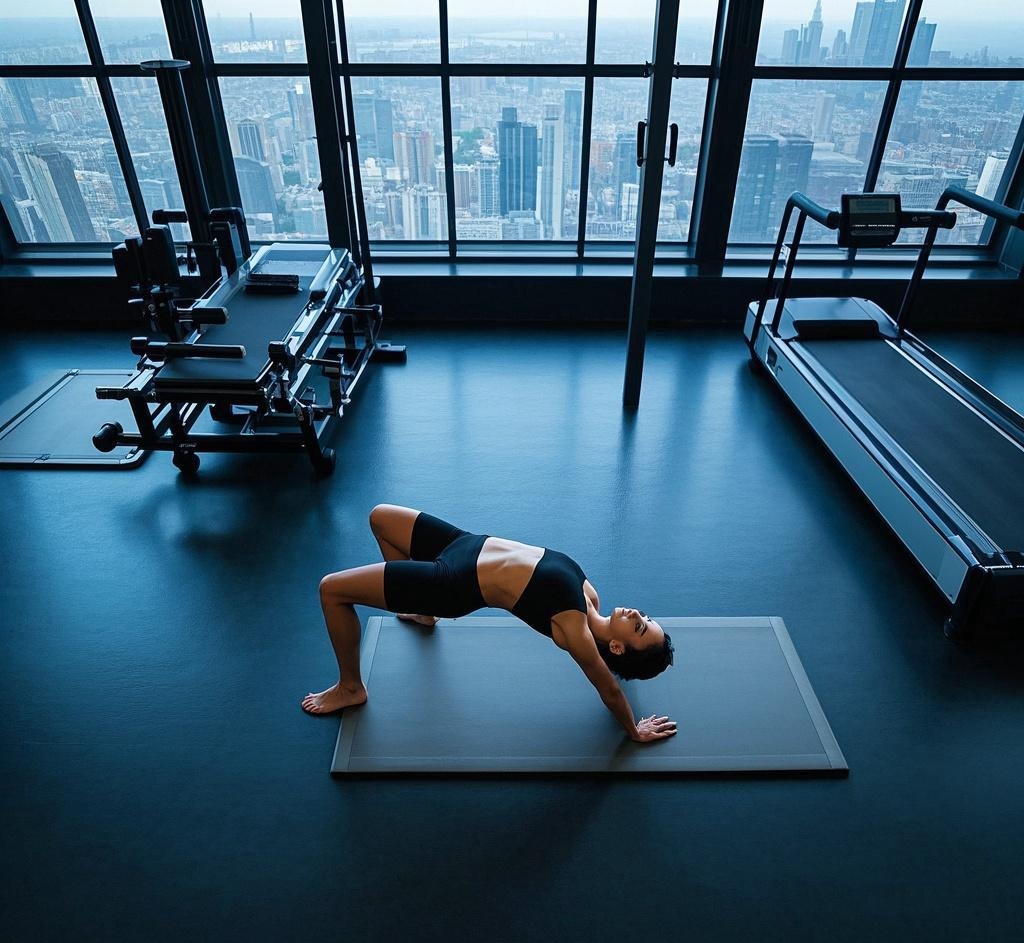
Targeting Stabilizer Muscles
Pilates activates small stabilizer muscles often neglected in traditional workouts. Exercises like single-leg bridges or side planks strengthen these deep muscles around your core, hips, and spine, improving balance and joint stability.
Stronger stabilizers mean:
l Better posture and spinal alignment
l Reduced risk of injury
l Enhanced functional strength for everyday movements like walking, bending, or lifting
l Pilates is particularly beneficial for seniors, helping maintain mobility and reducing fall risk.

Progressive Resistance
Pilates isn’t just about bodyweight. You can use resistance bands or reformer machines to challenge muscles further. By progressively increasing resistance, you stimulate growth and avoid plateaus.
For example, springs on a reformer machine can target your quads, glutes, or hamstrings more intensely than bodyweight alone. Pilates allows adjustable resistance so you can tailor workouts to your strength level.

Mind-Muscle Connection
Pilates emphasizes intentional movement and body awareness. Focusing on the muscle you’re working maximizes engagement and ensures even development. For example, consciously engaging your obliques during twists helps you fire the right muscles efficiently.
This connection improves posture, reduces compensatory movements, and builds balanced, functional strength.
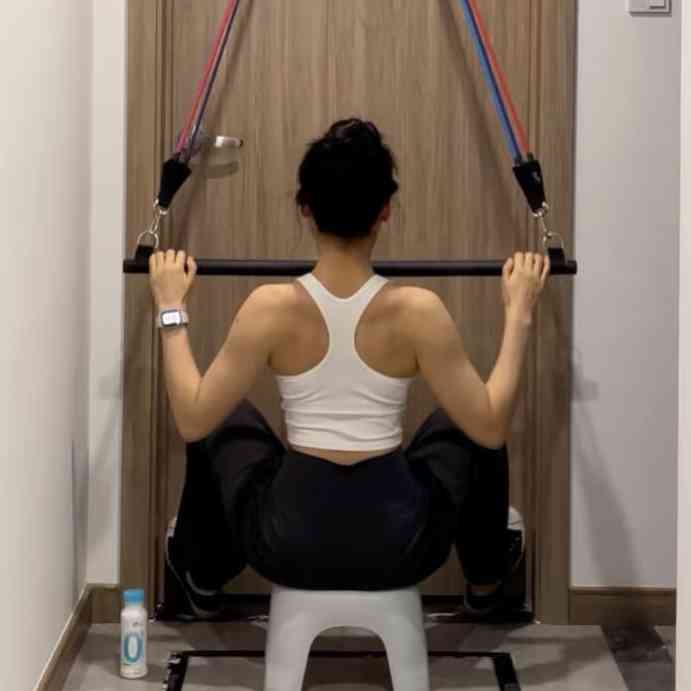
Pilates vs. Weightlifting: Which Builds Muscle Better?
Both Pilates and weightlifting help you strengthen muscles, but they differ in approach, equipment, and goals.
|
Feature |
Pilates |
Weightlifting |
| Impact on Joints | Low impact, gentle | Can strain joints if form is poor |
| Muscle Focus | Stabilizers, endurance, flexibility | Bulk, strength, power |
| Equipment | Mats, reformers, resistance bands | Barbells, dumbbells, machines |
| Frequency | 2–4x per week | 2–4x per week |
| Range of Motion | Improves flexibility and mobility | Enhances stability and strength |
Muscle Endurance: Pilates uses slow-twitch muscle fibers through high-rep, low-resistance exercises like leg circles or planks, enhancing stamina for daily activities. Weightlifting can be adapted for endurance but usually focuses on strength with heavier weights.
Muscle Hypertrophy: Pilates builds lean, toned muscles without bulk. Resistance bands or reformers increase tension, activating fibers for muscle toning, but hypertrophy is generally less than weightlifting.
Functional Strength: Pilates excels in core, balance, and coordination, improving real-life movement. Weightlifting builds strength and power, especially through compound lifts, but Pilates adds flexibility and postural alignment benefits.
The Key Muscle Groups Pilates Targets
Pilates is not just about abs—it strengthens your entire body.
• Core (abdominals, obliques, lower back): Improves stability, balance, and total body strength.
• Glutes: Supports hip alignment, power, and posture.
• Back muscles: Enhances spinal mobility and reduces back pain.
• Stabilizers: Strengthens small muscles crucial for precise movements and injury prevention.
Deep Core Focus
Pilates strengthens the transverse abdominis, your natural corset, supporting the spine and pelvis. Moves like the “hundred” also engage arms and legs, promoting full-body coordination. Core strength enhances posture, balance, and reduces injury risk.
Glutes Engagement
Many of us sit all day, leaving the glutes underactive. Pilates wakes them up with exercises like bridges, leg lifts, and clam shells, boosting hip stability and power. Strong glutes also support the lower back and improve posture.
Back Strength
Pilates tones your erector spinae and other back muscles through extensions, twists, and stretches. Regular practice reduces pain, enhances posture, and counteracts sedentary lifestyles.
Mat vs. Reformer Pilates for Muscle Gains
Mat Pilates uses your body weight for resistance, making it accessible anywhere. It strengthens core and stabilizer muscles effectively, improving endurance and posture.
Reformer Pilates uses springs for adjustable resistance. Exercises like footwork mimic weighted squats, providing faster strength gains and improved range of motion.
Best Approach: Combining mat and reformer Pilates 3–5 times per week maximizes strength, flexibility, and muscle tone, while keeping workouts fresh.
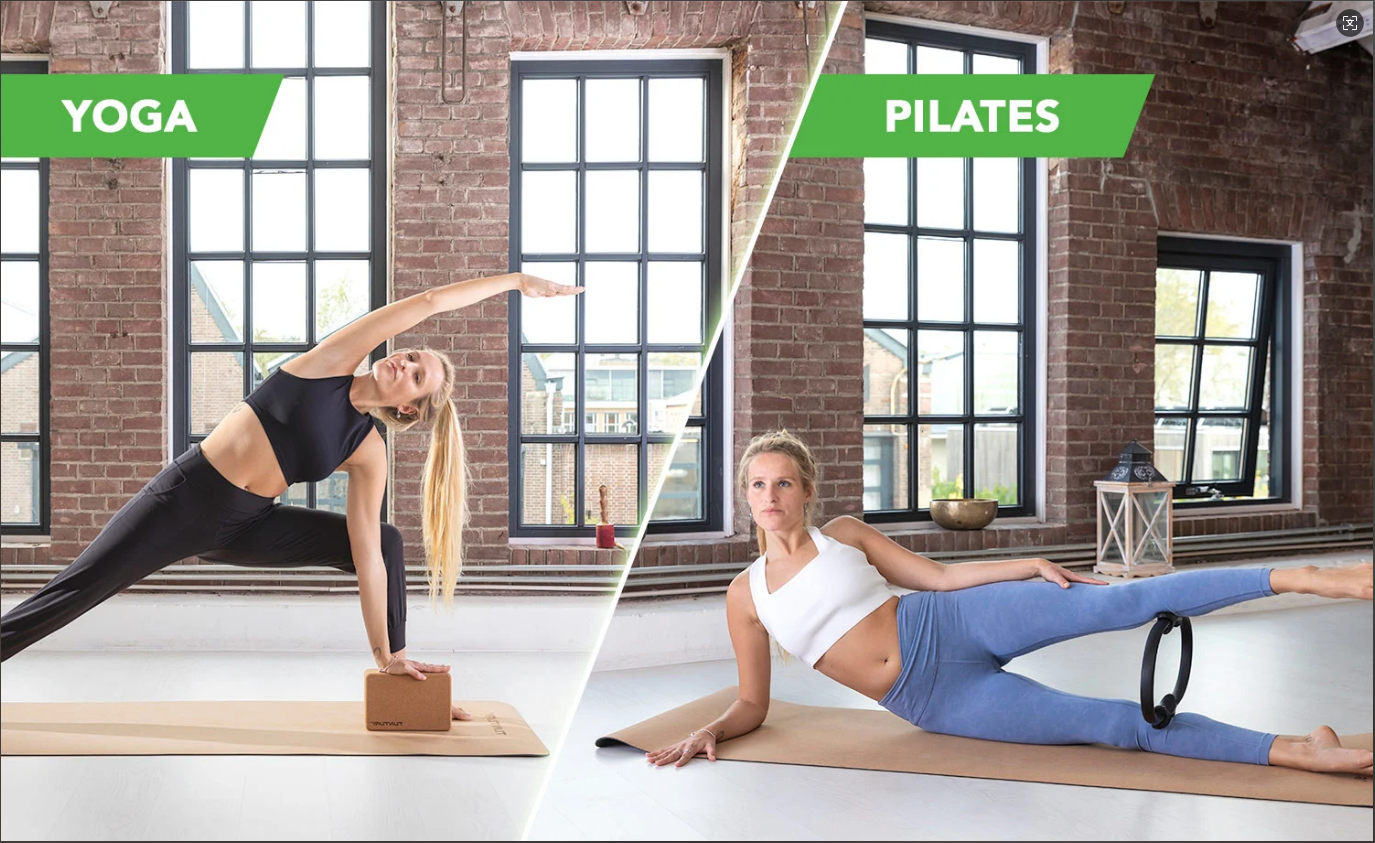
Maximizing Your Muscle Growth with Pilates
To get the most out of Pilates:
Increase Resistance
Use bands, light weights, or higher spring settings on reformers. Progressive overload stimulates muscle growth and prevents plateaus. Advanced options like weighted planks or single-leg exercises intensify the challenge.
Prioritize Nutrition
Muscles need fuel to repair and grow. Eat lean protein, complex carbs, and healthy fats post-workout. Aim for 1.6–2.2 g of protein per kg of body weight. Stay hydrated to maintain performance.
Stay Consistent
Practice Pilates 2–4 times per week. Track your progress, celebrate milestones, and mix in cardio or weight training for variety. Consistency is key to noticeable results.
Combine with Other Strength Activities
Pilates complements weightlifting and bodyweight exercises perfectly. It increases flexibility, core strength, and joint stability, creating a well-rounded fitness program.
Benefits Beyond Muscle
Pilates offers more than just strength.
Posture & Alignment
Strengthening the core, back, and shoulders improves spinal alignment and reduces joint stress. Better posture enhances confidence and efficiency in daily movements.
Injury Prevention
Engaging stabilizer muscles and improving flexibility reduces the risk of injury, whether at the gym or in everyday life. Controlled, low-impact movements protect joints while building resilience.
Body Awareness
Pilates teaches mindfulness and proper movement patterns. You’ll move more efficiently, feel stronger, and reduce fatigue. Seniors particularly benefit from improved balance and stability.
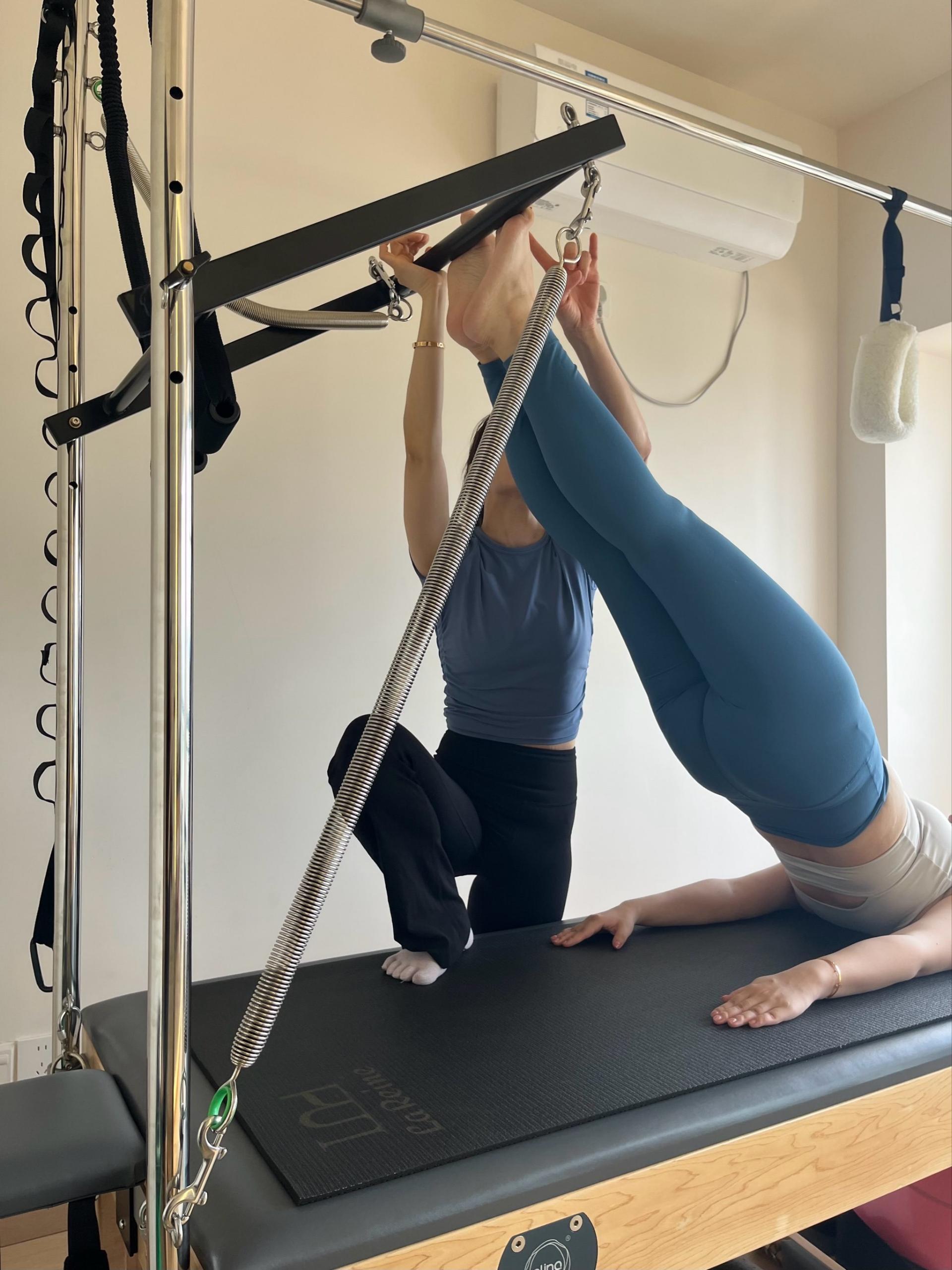
We are committed to delivering exceptional support and
top-tier service whenever you need it!
Conclusion
So, does Pilates build muscle? Absolutely—but it builds lean, functional strength rather than bulk. By improving core stability, activating stabilizers, and enhancing posture, Pilates helps you move better, prevent injuries, and feel stronger every day.
Whether you prefer mat or reformer Pilates, consistency combined with proper nutrition and resistance training maximizes results. For best outcomes, consider pairing Pilates with weightlifting or other strength exercises.
Give Pilates a try—it’s more than just muscle. It’s about moving smarter, building balance, and feeling stronger each day.

Talk To Our Experts
Connect with an NQ expert to discuss your product needs
and get started on your project.
Frequently Asked Questions
1. Does Pilates help build muscle?
Yes, Pilates strengthens and tones muscles, particularly your core, without adding bulk.
2. Can Pilates replace weightlifting for muscle growth?
Not completely. Pilates builds strength and endurance but lacks heavy resistance for maximal hypertrophy. Combining both yields the best results.
3. Which muscles does Pilates target?
It targets glutes, core, thighs, arms, and stabilizers for total body strength and tone.
4. Is mat or reformer Pilates better for muscle building?
Reformer Pilates provides more resistance, while mat Pilates strengthens and tones effectively using body weight.
5.Can you build muscle size with Pilates?
Pilates enhances tone and endurance, creating lean muscles but not large bulk.
6.How often should I do Pilates to build muscle?
Aim for 2–4 sessions per week, combined with proper nutrition and sleep.
7.Are there other benefits besides muscle?
Yes, Pilates improves posture, flexibility, balance, body awareness, and injury prevention—making it a complete wellness program.
Post time: Sep-08-2025
